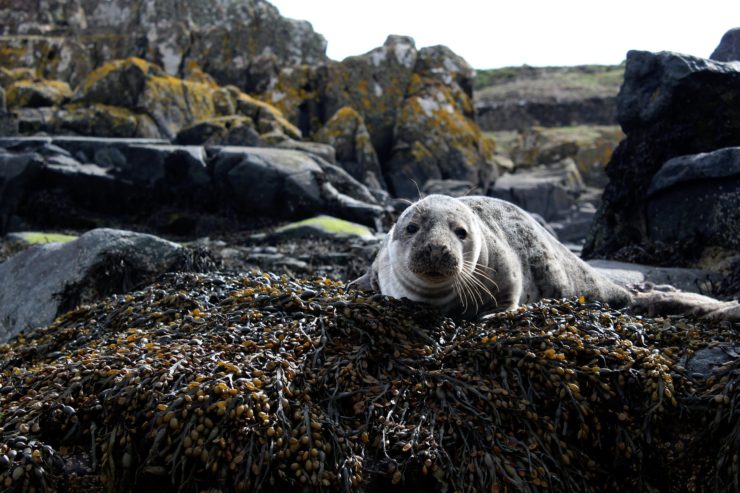
After years of technological advancements, drone technology is now being utilized to access harsh and isolated environments along the southern coast of Australia. They are being used to provide researchers with more accurate data for the Australian sea lion species. For many years, sea lions have made a home along the base of the Bunda Cliffs on the Great Australian Bight. Wanting to better monitor the sea lions, the marine Park’s staff have begun to fly drones along the cliffs to get a better count of the population. Currently, the project has identified 25 colonies of sea lions that are situated along a 180 km stretch.
According to the Parks manager Mr. Holman, the pinnipeds (or seals) were initially identified in the 1990’s. However, getting an accurate count of the population proved to be quite difficult owing to the inaccessibility of the region. Now with the utilization of drone photography, they have managed to developed 3D models of the cliff and it’s inhabitants. The new method will offer an improved way to monitor and identify changes in the population.
Before the use of drones, researchers were forced to dangerously traverse the cliffs to get an inaccurate count of the colony. Not only was this posing great risks to the researching teams, but it was also invasive to the wildlife. This drone project will serve as a break through in the management of sea lions that could eventually help save the species. Through the 3D models, the park management will easily study the colonies and evaluate how they fit in to the population trend.
In the early 1800s, this species was almost hunted to extinction by commercial sellers. In 2008, the Australian sea lion was listed as endangered. According to the department of Environmental research, the main threat to the sea lions now is fisheries. The secondary threats also include loss of natural habitat, marine aquaculture, pollution, diseases, etc. Mr. Hollman explains that measures have been put in place to reduce interactions between the animals and the fisheries. There’s high hopes that this will adequately influence the pup production.
Over the next four months, the Natural Resources EP will apply the use of drone technology to view and identify the numbers of sea lions in accessible areas of Port Lincoln. Currently, the project is commencing where the largest sea lion colony has been identified. According to Mr. Hollman, the drone technology will have a wider application for conservation such as tracking rehabilitation and mapping re-vegetation projects. By measuring the changes over time, one can identify a detailed and intricate data set by utilizing the drones.
|